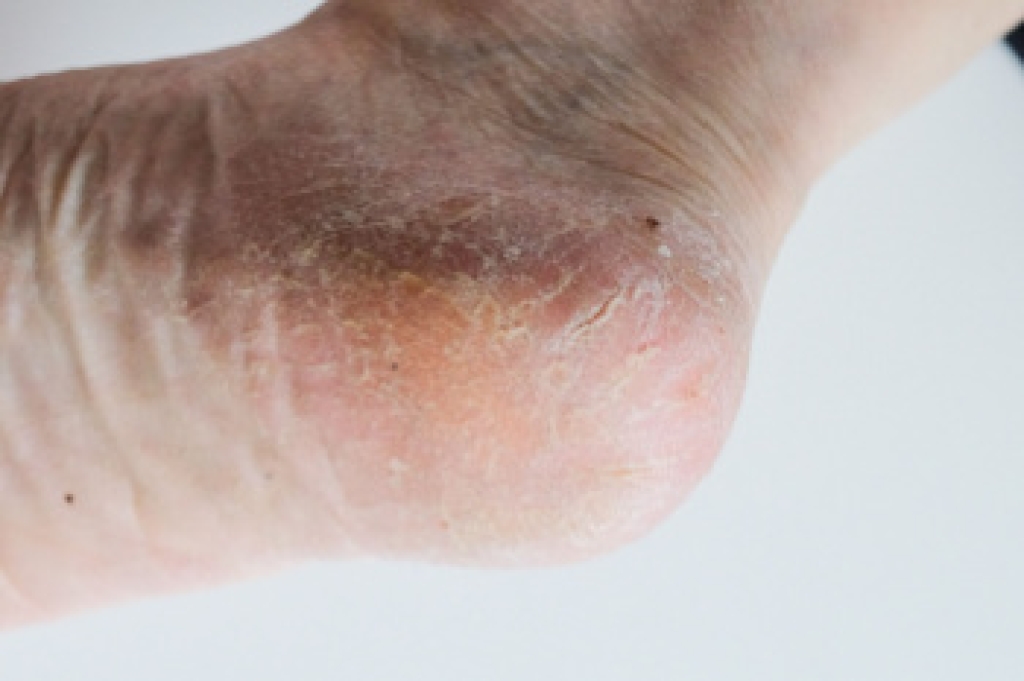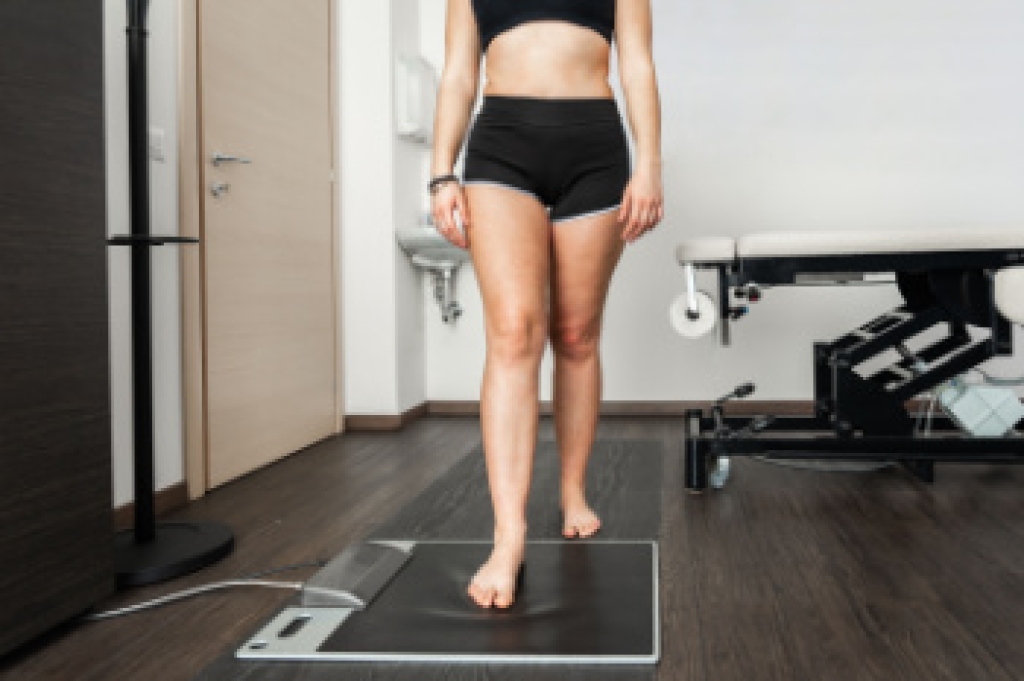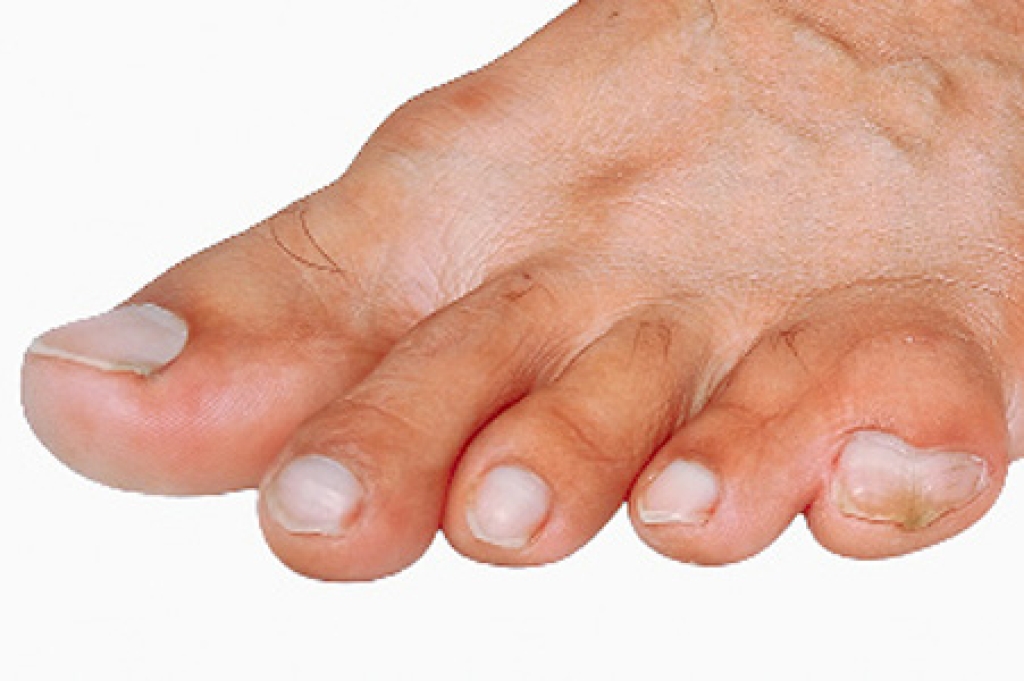
Cracked heels are a common foot condition that occurs when the skin surrounding the heel becomes excessively dry, thickened, and unable to stretch properly. As pressure builds, the skin splits, leading to visible cracks that may cause pain, bleeding, or discomfort. Common symptoms include rough, flaky skin, redness, and deep fissures along the heel. Cracked heels can develop due to vitamin deficiency, dry skin and dehydration, in addition to mechanical stress, prolonged barefoot walking, and excess pressure on the feet. Fungal infections and other skin conditions may also weaken the skin and contribute to cracking. A podiatrist can identify the underlying cause, provide professional debridement, recommend moisturizing treatments, and address infections or biomechanical issues. If you have painful cracked heels, it is suggested that you consult a podiatrist who can offer effective relief and treatment solutions, which may include prescribed medication.
If the skin on your feet starts to crack, you may want to see a podiatrist to find treatment. If you have any concerns, contact one of our podiatrists from North Penn Podiatry. Our doctors can provide the care you need to keep you pain-free and on your feet.
Cracked Heels
It is important to moisturize your cracked heels in order to prevent pain, bleeding, and infection. The reason cracked heels form is because the skin on the foot is too dry to support the immense pressure placed on them. When the foot expands, the dry skin on the foot begins to split.
Ways to Help Heal Them
- Invest in a good foot cream
- Try Using Petroleum Jelly
- Ease up on Soaps
- Drink Plenty of Water
Ways to Prevent Cracked Heels
- Moisturize After Showering
- Skip a Shower
- Keep Shower Water Lukewarm
- Don’t Scrub Your Feet
If you are unsure how to proceed in treating cracked heels, seek guidance from a podiatrist. Your doctor will help you with any questions or information you may need.
If you have any questions, please feel free to contact our offices located in Lansdale, and King of Prussia, PA . We offer the newest diagnostic and treatment technologies for all your foot care needs.




